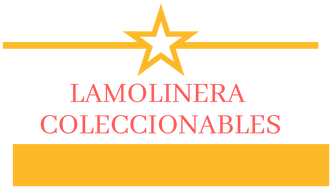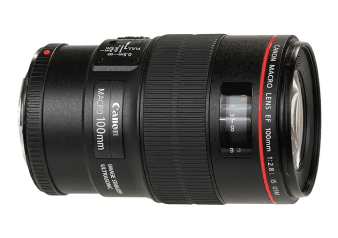Contact lenses, or essentially contacts, are meager lenses put straightforwardly on the eye’s surface. Contact lenses are visual prosthetic gadgets utilized by north of 150 million individuals around the world, and they can be worn to address vision or for restorative or helpful reasons. In 2010, the overall market for contact lenses was assessed at $6.1 billion, while the US delicate focal point market was assessed at $2.1 billion. Different examiners assessed that the worldwide market for brown contacts lenses would reach $11.7 billion by 2015. Starting around 2010, the normal period of contact focal point wearers universally was 31 years of age, and 66% of wearers were female. Individuals decide to wear contact lenses for some reason.

Feel and magnificence care items are crucially animating components for people who need to make an effort not to wear glasses or to change the appearance or shade of their eyes. Others wear contact lenses for helpful or optical reasons. When contrasted and displayed, contact lenses regularly give better fringe vision, and don’t gather dampness (from the downpour, snow, buildup, and so on) or sweat. This can make them ideal for sports and other open-air exercises. Contact focal point wearers can likewise wear shades, goggles, or other eyewear of their decision without fitting them with remedy lenses or stress over similarity with glasses. Moreover, there are conditions, for example, keratoconus and aniseikonia that are ordinarily revised and preferred with contact lenses over glasses.
Beginnings and first practical models
- Leonardo da Vinci is much of the time credited with presenting contact lenses in his 1508 Codex of the eye, Manual D, wherein he portrayed a technique for straightforwardly modifying corneal power by either lowering the head in a bowl of water or wearing a water-filled glass side of the equator over the eye. Neither one of the thoughts was implementable in da Vinci’s time. He didn’t propose his thought be utilized for revising his vision; he was keener on investigating instruments of convenience.
- Descartes proposed a gadget for revising vision comprising of a fluid-filled glass tube covered with a focal point. Nonetheless, the thought was unreasonable, since the gadget was to be set in direct contact with the cornea and consequently would have made flickering unimaginable. In 1801, Thomas Young designed a couple of fundamental contact lenses in light of Descartes’ model. He utilized wax to fasten water-filled lenses to his eyes, killing their refractive power, which he adjusted with one more set of lenses.
- Sir John Herschel, in a reference to the 1845 release of the Encyclopedia Metropolitana, presented two thoughts for the visual revision: the initial “a circular case of glass loaded up with creature jam”, the second “a shape of the cornea” that could be dazzled on “a straightforward mode of some kind or another”. However Herschel supposedly never tried these thoughts, they were subsequently exceptional by free innovators, including Hungarian doctor Joseph Dallas, who idealized a technique for making molds from living eyes. This empowered the production of lenses that, interestingly, adjusted to the genuine state of the eye.
- Even though Louis J. Girard developed a scleral contact focal point in 1887, it was German ophthalmologist Adolf Gaston Eugen Fick who 1888 created the first effective afocal scleral contact focal point. Roughly 18-21 mm (0.71-0.83 in) in measurement, the weighty blown-glass shells laid on the less touchy edge of tissue encompassing the cornea and drifted on a dextrose arrangement. He explored different avenues regarding fitting the lenses at first on hares, then, at that point, on himself, and finally on a little gathering of workers, distributing his work, “Contactbrille”, in the March 1888 release of Archiv für Augenheilkunde.
- Huge and inconvenient, Fick’s focal point could be worn exclusively for two or three hours all at once. August Müller of Kiel, Germany, rectified his own serious nearsightedness with a more helpful blown-glass scleral contact focal point of his production in 1888. The improvement of polymethyl methacrylate (PMMA) during the 1930s made it ready for the assembling of plastic scleral lenses. In 1936, optometrist William Feinbloom presented a half and half focal point made out of glass and plastic, and in 1937 it was accounted for that exactly 3,000 Americans were at that point wearing contact lenses. In 1939, Hungarian ophthalmologist Dr.István Györffy delivered the principal completely plastic contact focal point.

